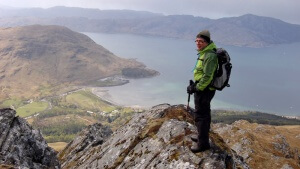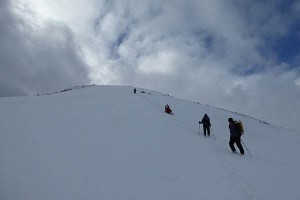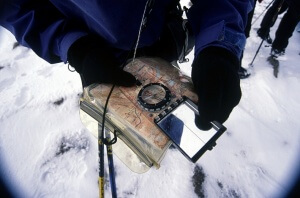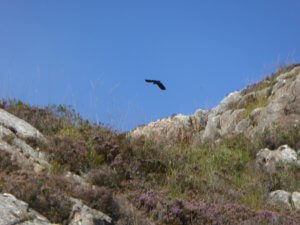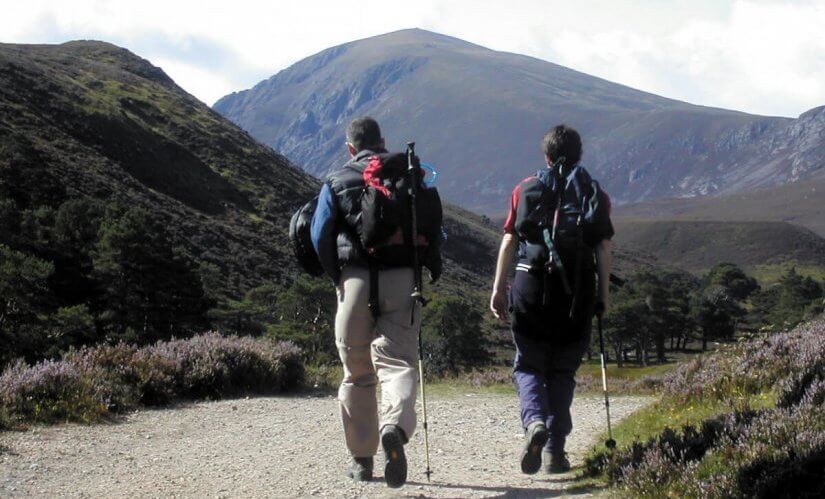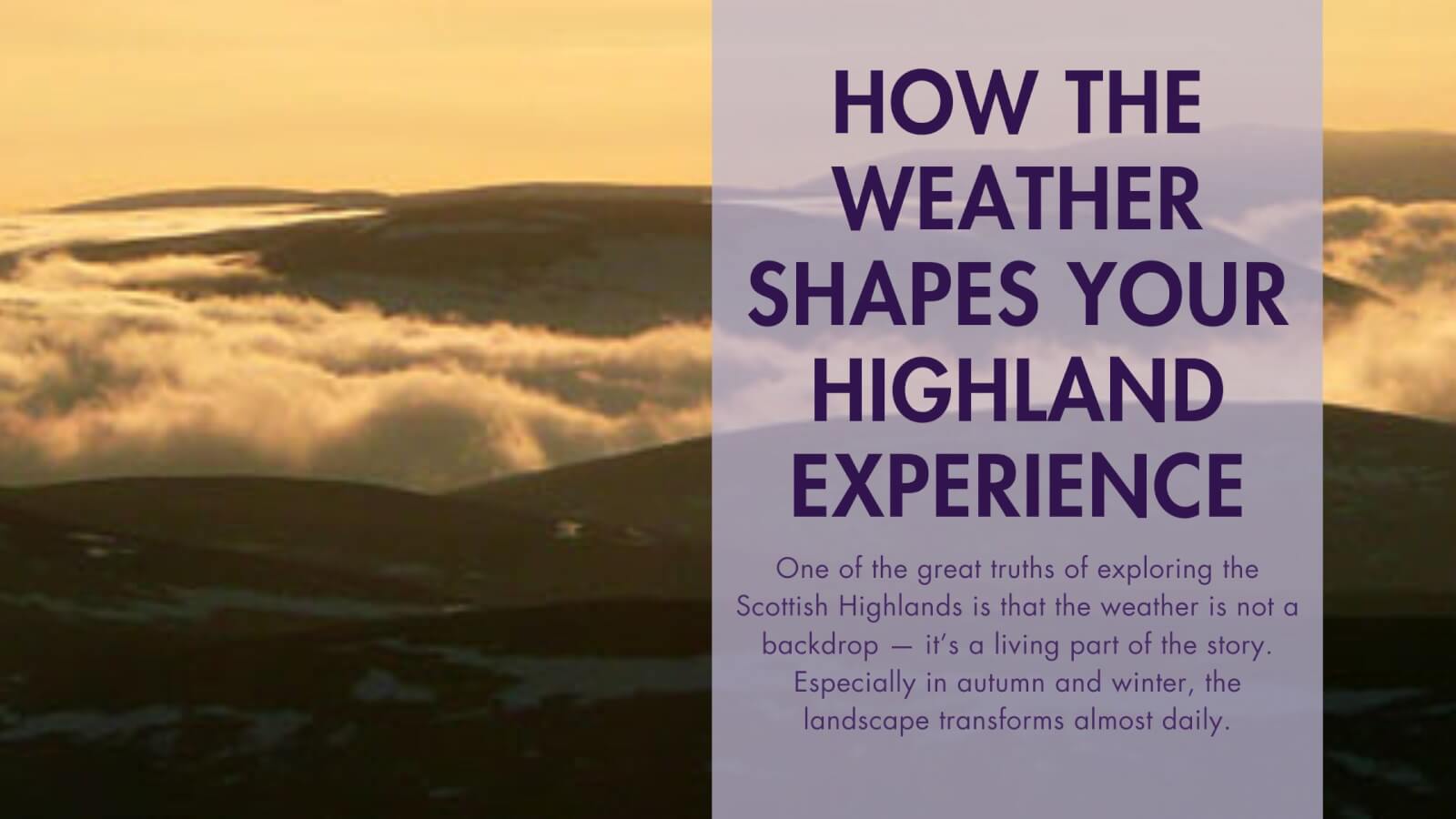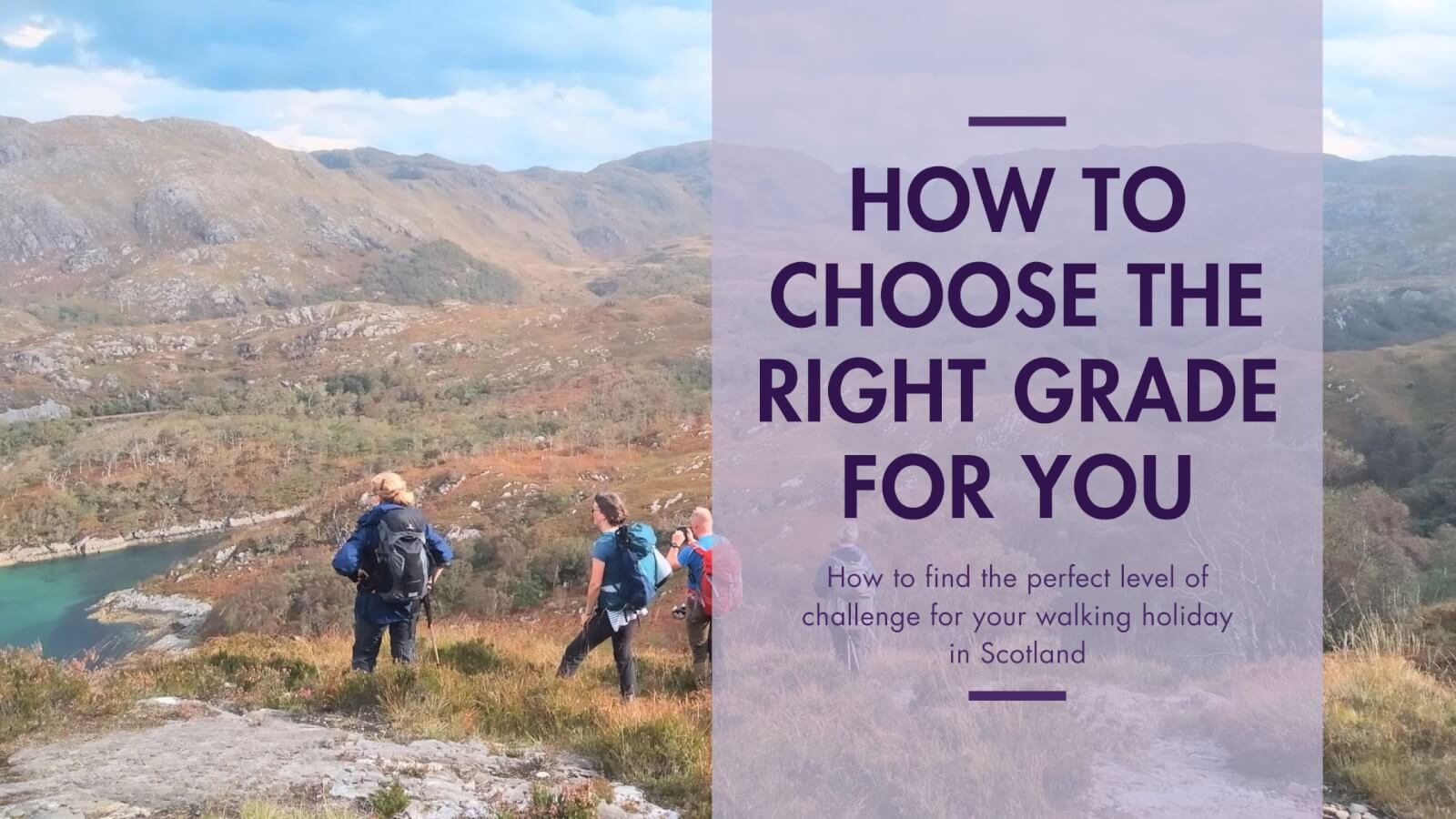Hiking – Autumn – Scotland
With September now behind us and autumn storms bearing down, summer days are now a distant memory. Daylight is shortening and snow showers are forecasted for the high summits. And although it might be a few weeks yet before the ground is cold enough for snow to settle. Now’s the time to consider what extra items you’ll be carrying in your rucksack to hike through Scotland’s Autumn Mountains.
1. Headtorch
If you haven’t been carrying one up until now, now’s the time. Firstly, make sure the batteries are fresh and you’re carrying spares. What might appear as batteries with plenty of charge in a warm environment can quickly diminish in the cold of the mountains. Navigating in dark hill fog you’re bound to be using a head-torch on the highest beam. You’ll find this drains your power very quickly.
If your torch isn’t very powerful it may be worth thinking about upgrading. Don’t underestimate how much difference a quality torch can make to your journey when having to navigate. Your fingers will also thank you, as there is nothing worse then trying to change batteries and dealing with gloves in bad conditions.
2. Ski Goggles
There is now the chance of precipitation in the solid form on the wind both on fine and not so fine days. Remember, the wind doesn’t have to be too strong for drifting to occur. Do not underestimate how unpleasant it can be walking into the wind when snow, hail or spin-drifts are hitting you directly in the face.
Ski goggles are something you don’t want to skimp on either. Being able to see properly is of vital importance so make sure you get a decent pair of anti-fog (double lens) goggles. In a damp mountain climate you’ll find cheaper goggles will quickly fog up if they aren’t the right spec. A decent pair will also keep your face so much warmer in the biting Highland cold.
3. A warm hat
A warmer hat than you might carry in summer is both common sense, and of vital importance. We recommend one that pulls down over the ears!
4. Warmer Gloves
If you have ever suffered from the pain of hot aches you’ll know investing in a pair of really warm gloves is a must-make purchase. A pair of light liners inside thicker gloves works well as there is a play-off between warmth and dexterity. Don’t fall into the trap of thinking you can get the best of both worlds with just one pair of gloves.
Gloves of adequate warmth for the coldest of Scottish winter days won’t have much dexterity left. So, it’s a case of whipping your hands out for fiddly activities and then putting them back into those cosy mitts. The liners also help to keep the gloves hygienic, making the task of cleaning your gloves so much easier.
5. An extra warm layer
Carry an extra warm layer for when you are immobile. By far the best way of keeping warm is to keep active but there will be times when you have to stop. Even a relatively short break of just ten minutes can mean you chill significantly.
In our damp and often cold and windy mountain environment, hypothermia is often an ever-present threat. But donning an extra thick fleece or even better, an overlay jacket will save you from the threat of a chill.
6. Get you navigational gear organised
This can pay handsome dividends and will mean less time hanging around immobile getting cold and more time on the move keeping warm.
Navigational judgment can start to be one of the first casualties of being cold, so it’s important to have a map case. It not only protects the map but it also is a means you can anchor the map to yourself. Make sure you have a compass with a decent sized base plate…
More on this in a later blog!



